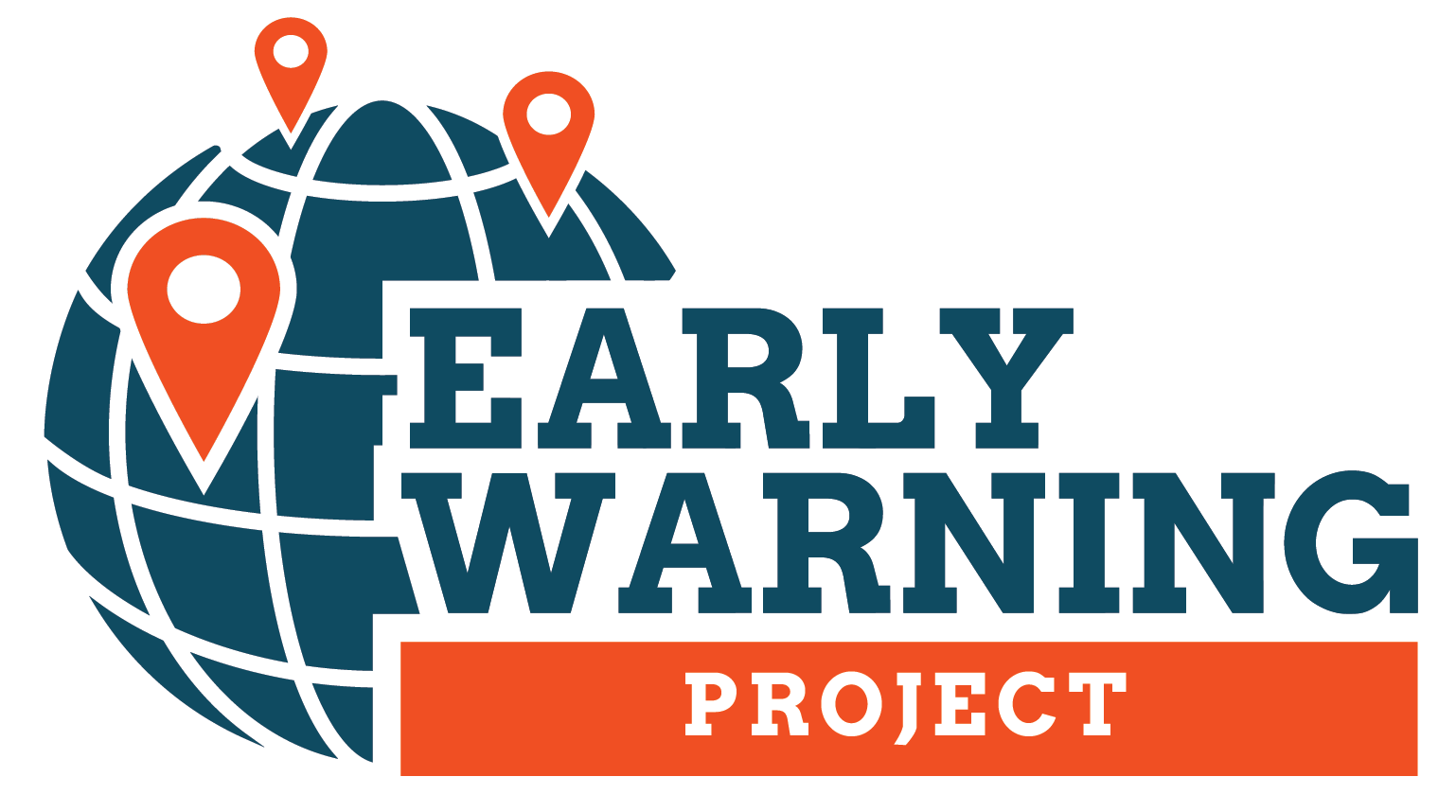
Editor’s Note: This blog post was written by Enough Project Intern Amanda Schmitt.
Earlier this week, the Simon Skjodt Center for the Prevention of Genocide at the U.S. Holocaust Memorial Museum publicly launched a new tool to forecast the countries at highest risk for state-led mass killings. The Early Warning Project, a joint initiative between the Holocaust Museum and Dartmouth College’s Dickey Center for International Understanding, has been in a pilot phase for two year and aims to identify situations of potential state-led mass killing and employ its information and accountability role to solicit action to preclude future genocides. By tracking and publicizing precursors to such significant violence against civilians, the Early Warning Project “hopes to empower officials and advocates to take preventive action and adopt strategies to avert future atrocities.”
Mass killings are often a precursor to or part of genocide, motivating the Early Warning Project to focus on this indicator. To differentiate the scales of this metric, the Early Warning Project identifies mass killings as deliberately violent campaigns that result in at least 1,000 noncombatant deaths within a year. Conversely, the UN Convention on the Prevention and Punishment of the Crime of Genocide designates genocide as “any of the following acts committed with intent to destroy, in whole or in part, a national, ethnical, racial or religious group, as such: killing members of the group; causing serious bodily or mental harm to members of the group; deliberating inflicting on the group conditions of life calculated to bring about its physical destruction in whole or in part; imposing measures intended to prevent births within the group; or forcibly transferring children of the group to another group.” The project evaluates data based on both an expert opinion pool and statistical modeling of political stability and opposition assessments. By monitoring the fluctuation in risk level for mass atrocities, the project can gauge the potential for escalation to a level of mass killings or genocide.
The Early Warning Project's goals are:
- to help set the policy agenda on situations requiring early action;
- to provide concerned individuals and organizations with powerful and reliable analytic assessments of countries and populations most at risk;
- to generate pressure for early and effective response by mobilizing the larger atrocities prevention community, journalists and the public around priority cases;
- to enhance public discussion on the continued risks and ongoing need for genocide and atrocity prevention policies; and
- to advance the state of the art in atrocity prevention.
Based on the project’s most recent assessment, the countries with the ten highest risk assessments for mass killings are Myanmar, Nigeria, Sudan, Egypt, Central African Republic, South Sudan, Democratic Republic of Congo, Afghanistan, Pakistan, and Yemen. The Enough Project currently focuses on four of these high-risk countries and has issued recent reports and public statements on Sudan, South Sudan, CAR, and the DRC.
The Early Warning Project can serve as an important tool to raise the awareness of global actors and decision makers about emerging crises and to potentially compel them to take action and prevent further mass violence and killings.

